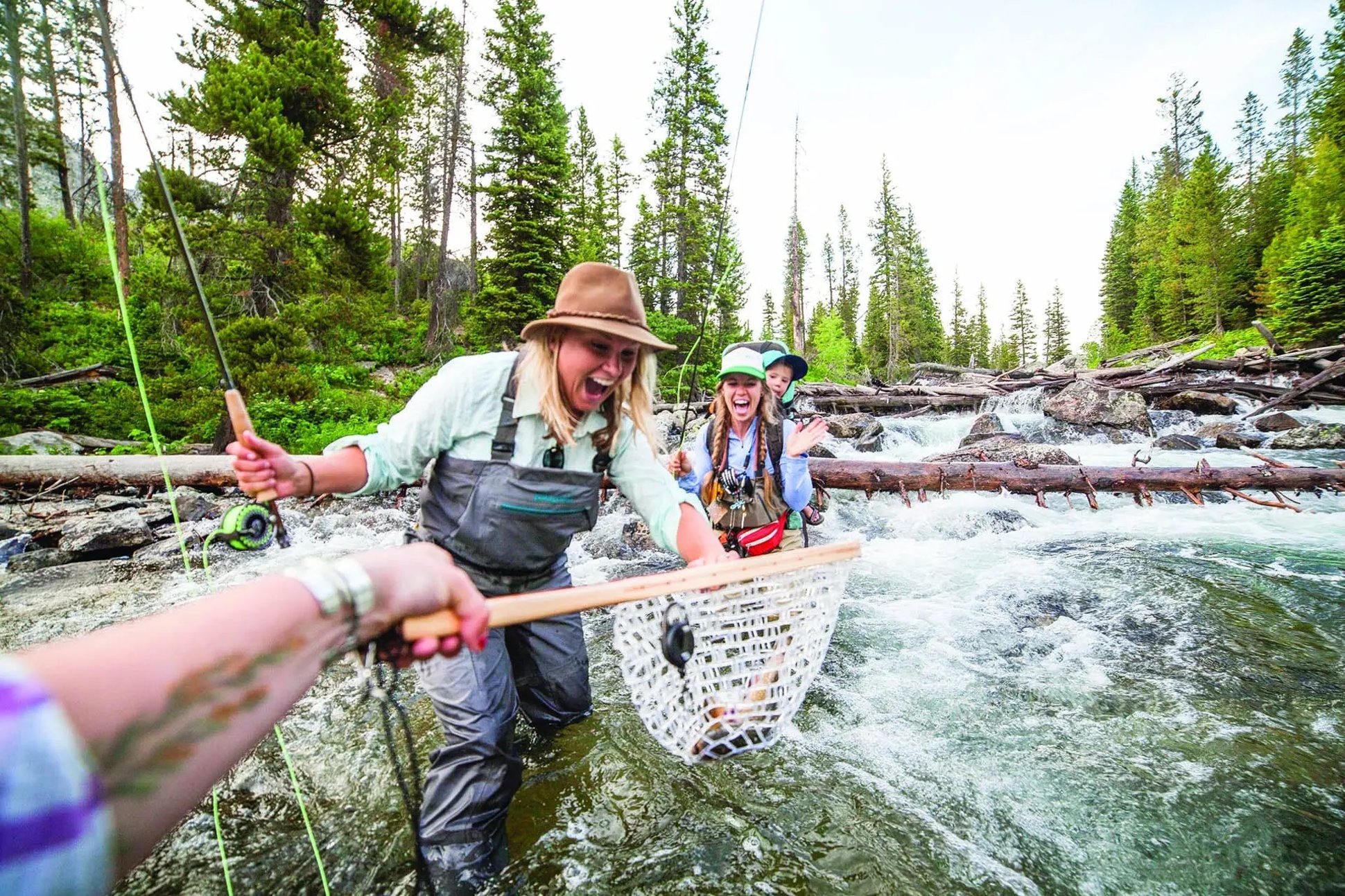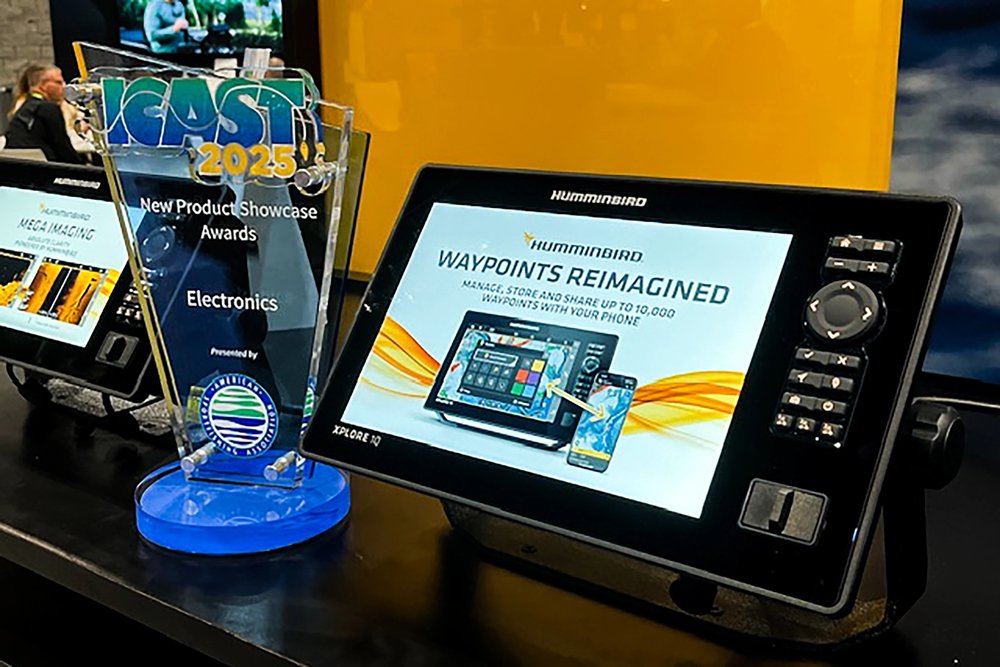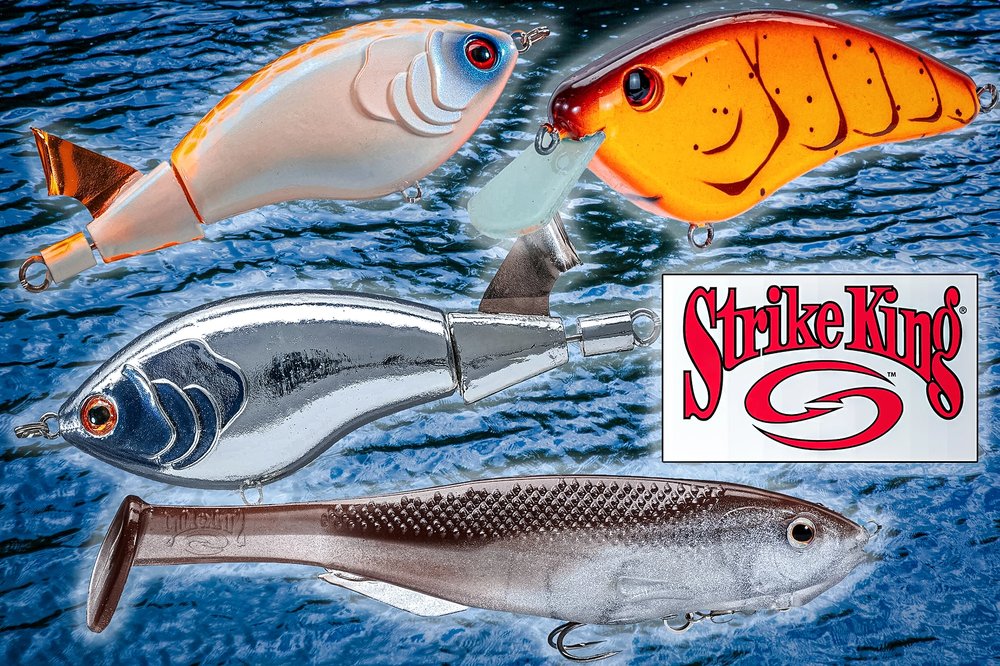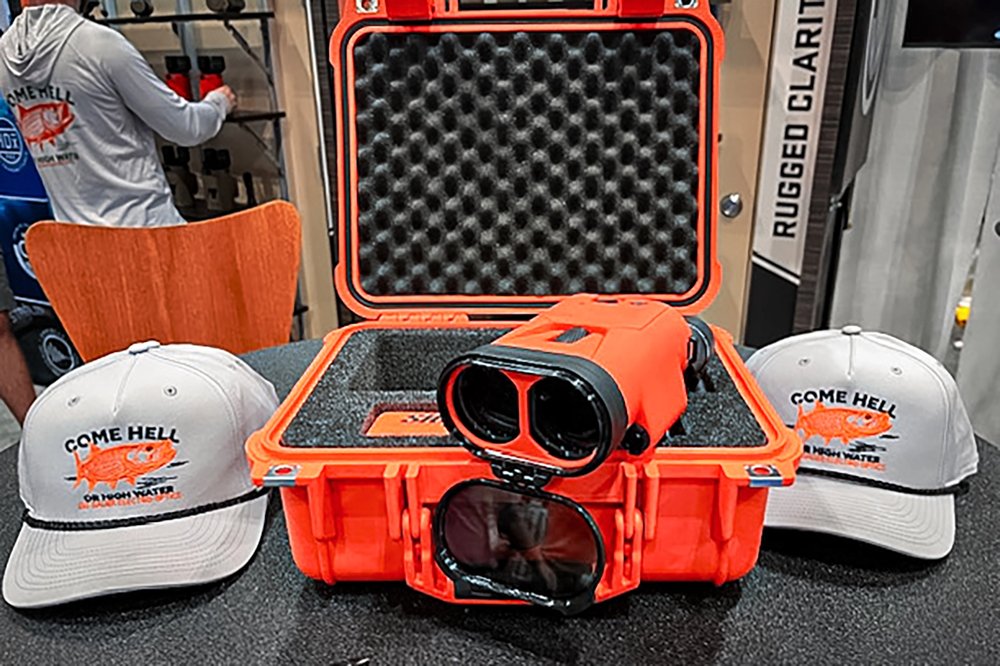“It’s gonna happen sooner or later—you’ll hook yourself or you’ll hook a friend, so pinch down your barbs.”
I’m knee-deep in the Battenkill River when I remember that advice from instructor Jackie Kutzer, one of three anglers leading a women’s fly fishing clinic at Orvis’ Manchester, Vermont, headquarters. The fly line unspools above me as I cast, and I can just make out a colorful glint at the end. Downstream is a chain of wader-clad students, their fly rods switching back and forth between the trees. After two days of knot-tying, trips to the casting pond, and fishing theory, we’re gunning for the Battenkill’s famously wily brown and brook trout, who have seasons of practice evading clumsy anglers like me. I’m already dreaming of the trout dinners I’ll eat—if I don’t snag my ponytail first.
And I’m not the only one testing the waters. From Alaskan rivers to the Florida Keys, fly fishing is bigger than ever in the United States; according to a recent report by the Recreational Boating and Fishing Foundation, participation grew to an all-time high of 6.8 million people in 2017 (TakeMeFishing.org). Fly fishing also claimed the highest rate of new anglers of any fishing subcategory in the report, far outstripping the growth of freshwater or saltwater fishing.

One of my other instructors, Christine Atkins, has watched that growth firsthand in her classes at the Orvis headquarters. Along with Kutzer, she’s a co-founder of Orvis’ 50-50 on the Water campaign, which is aimed at getting women involved in fly fishing. The appeal, she says, is universal. “Whether you’re male or female, it’s being outside, standing in the water, watching bugs, and trying to figure out how to trick fish into taking your fly,” she says.
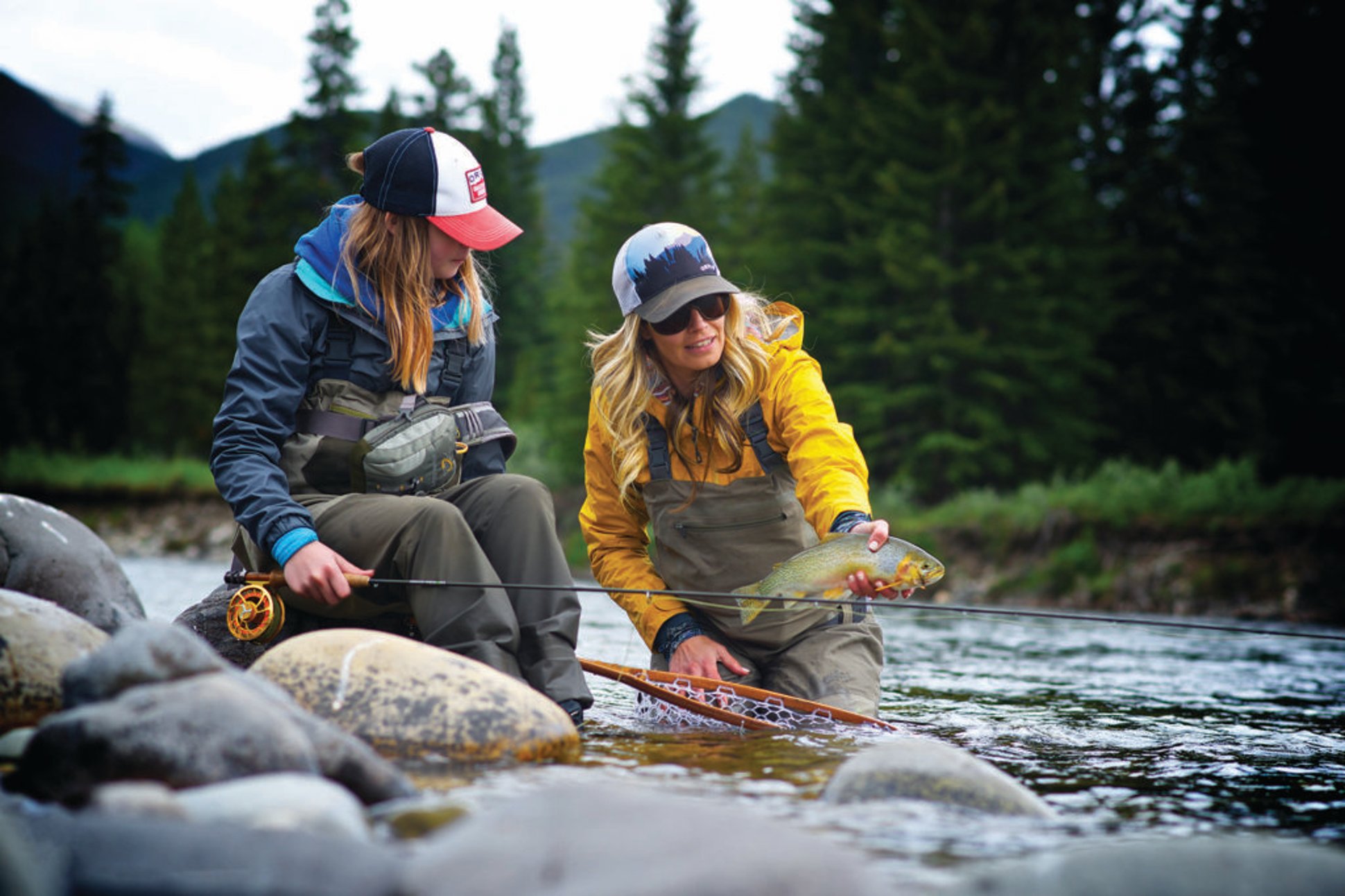
Get Geared Up
For many would-be anglers, flipping through a catalogue of glossy gear can make the sport seem unattainable, but Atkins says getting into fly fishing doesn’t need to be a huge investment—long before she bought her first waders, she was hopping between rocks in sneakers and shorts. “Most of the brands now have really awesome starter outfits,” suggests Atkins, “and you get a rod, reel, line, and leader all together for a very good deal.”
While an 8’6” or 9’ rod using 5-weight line is a solid starting point for many new anglers, there’s no such thing as a one-size-fits-all option. Instead, visit a rod shop with an idea of what you want to catch. With a home base in South Carolina or Florida, you might be targeting saltwater fish that require a weightier line, while angling on narrow brooks calls for a shorter rod. And think twice before blowing your savings on an epic fly collection. For that, Atkins suggests going straight to local shops where you’re going to fish. “They’re the ones that are on the water all the time in their neck of the woods, so if you want to know what’s working you go to the guys that were just out there yesterday,” she says.
Hone Your Cast
Once you’ve scored the perfect rod and reel, it’s time to work on your cast. I started with a two-day class, but many first-timers opt for Orvis’ free Fly Fishing 101 classes, which are offered at store locations across the country. Some Bass Pro Shops locations feature free fishing seminars, too, covering everything from knots to must-have gear.
Fine-tuning the rhythm of a perfect fly cast, though, requires more time with rod in hand than any class can provide. Fortunately, you don’t need access to the perfect fishing hole to squeeze in some casting practice: Simply getting out is more important than where you do it. “You can practice in whatever you have available to you,” says Atkins, “whether you go to a park or just practice in your backyard.”
After building a solid foundation of casting skills, Atkins warns students to be vigilant about the poor form that can appear when anglers are fatigued. “I tell folks that they should practice for about 20 minutes then walk away from it,” she says. “As you get tired, some of those bad habits start to creep in, and then you’re just reinforcing them by practicing.”
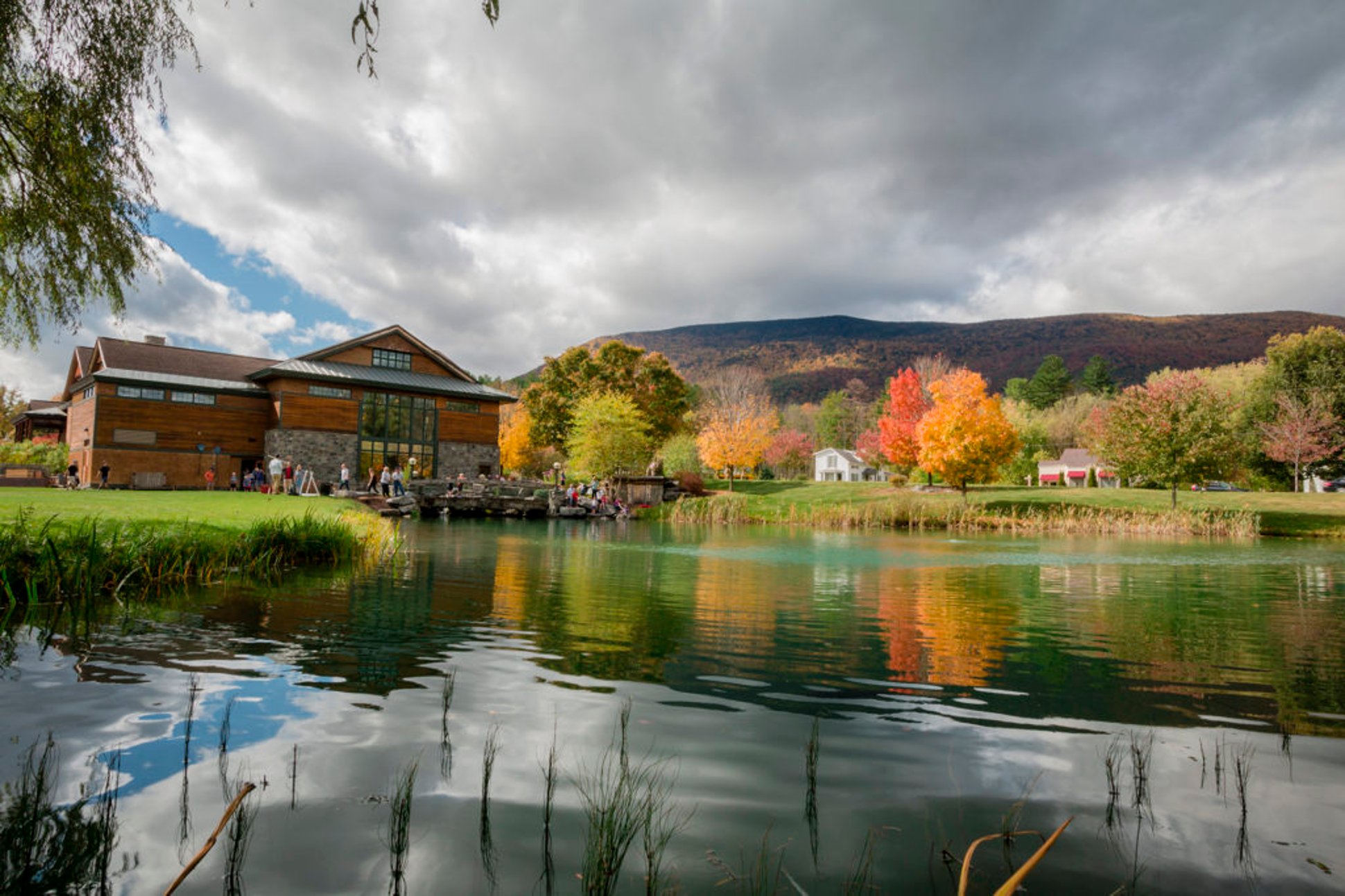
Find (or Hire) a Fishing Buddy
But you didn’t buy a rod to stand around in the grass, so with the basics down make a beeline for the closest body of water. If you’re fishing local streams, grab a friend with some inside knowledge, or consider shelling out for a guide who can turn you on to the area’s fishiest spots. Even with years of fly fishing under her waders, Atkins still hires guides when she’s away from the rivers she knows best.
“Guides are local experts who are on the water all the time,” says Atkins, “and they know their fishery really, really well.” On a multi-day fishing trip when she doesn’t want to pay for daily guiding, Atkins opts for a guided first day to brush up on which flies to use, how to present flies to fish, and where to go. “A good guide is also a really good instructor,” she notes, which can be especially valuable for beginners. “If you have something funky going on with your cast and you’re on the front of the boat all day, they can hop up there and give you some tips.”
Keep on Fishing
Back on the Battenkill River, all the tips in the world couldn’t entice a trout into swallowing my fly; catching a low-hanging pine, a cluster of dead wood, and a clump of riverside grass was the closest I came to a real, live fish. After wading back to the shore at the end of the afternoon, my legs were clammy and my dry fly dripped river water. By the time I’d warmed up with a steaming cup of coffee, though, I was already planning my follow-up attack on those evasive trout. The fish were nowhere to be seen during my first day on the river—but I was hooked and landed.

Fly Fishing Gear Starter Kit
These are the must-have fly fishing gear essentials for hitting the water:
- Fly rod—most anglers start with a versatile 5-weight 8’6” or 9’ rod
- Fly reel—upscale versions can break the bank, but starting with a basic rod-and-reel combo minimizes costs
- Fly line—with variables that include taper, weight, and density, fly lines can seem complicated; start with a line that matches your rod, such as the versatile 5 weight
- Leader and tippet—thin, clear leaders attach to the end of the fly line, while tippet adds additional length
- Flies—choose between nymphs, dry flies, and streamers based on tips from local fly shops
- Forceps—essential for quickly removing hooks so you can return fish to the water with minimum impact
- Cutting tool—anything from scissors to nippers works for keeping your tippet in perfect trim
